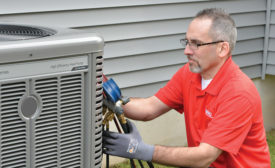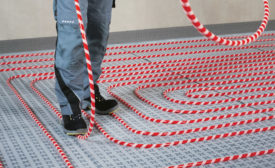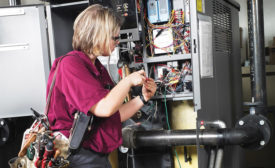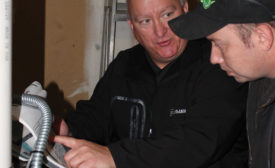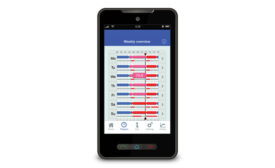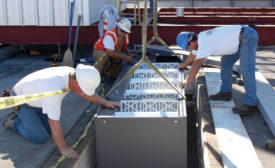Articles by Joanna R. Turpin
Next-generation systems offer more than HVAC and lighting control
Read More
Chilled Beam Sales Are Heating Up
Government, health care, and educational applications are ideal settings
Read More
Commercial Market Embraces Condensing Boilers
Larger outputs, faster payback make condensing boilers an attractive choice
Read More
Contractors Prepare to Cash in on IoT Buzz
Selling features will include better efficiency, comfort, safety
Read More
Minimizing Energy Usage in Data Centers
Evaporative cooling is emerging as a popular option
Read More
Copyright ©2024. All Rights Reserved BNP Media.
Design, CMS, Hosting & Web Development :: ePublishing


